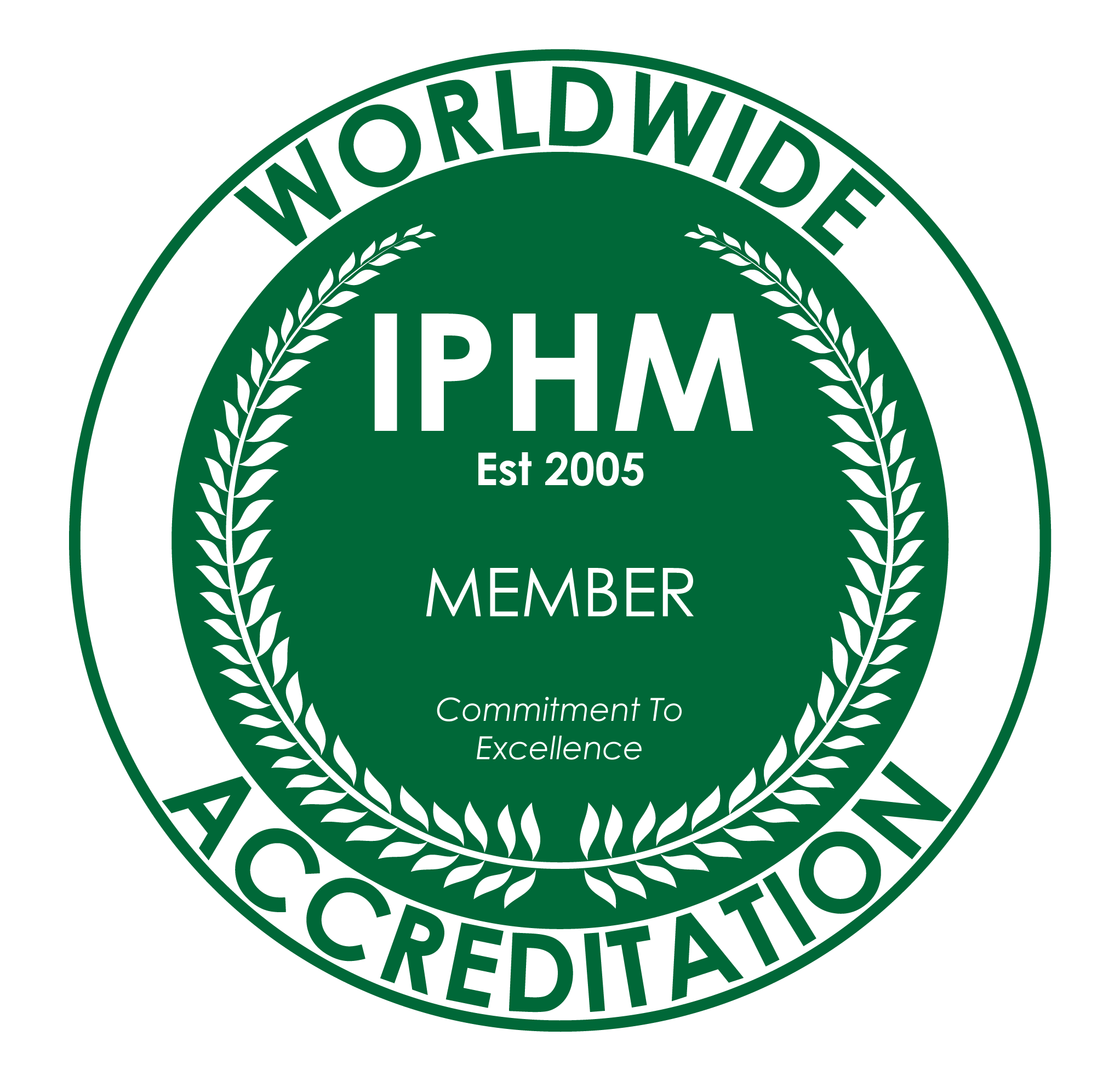When we think about inner child healing, our minds often jump to visualization exercises, journaling, or talk therapy. While these approaches have their place, they sometimes miss a crucial dimension of healing: the body.
Our earliest experiences—many of which shape our inner child’s needs and wounds—occurred before we had language to process them. These pre-verbal experiences aren’t primarily stored in the cognitive mind but in our physical body, nervous system, and energy patterns. This is why a purely mental approach to inner child work often feels incomplete or fails to create lasting change.
In this article, we’ll explore how body awareness provides a powerful gateway to inner child healing, offering a holistic path that honors the body’s wisdom as an essential part of the healing journey.
The Body Remembers What the Mind Forgets
Long before we could form coherent thoughts or speak in sentences, our bodies were recording our experiences. From the comfort of being held to the stress of emotional neglect, these early memories become encoded in our nervous system and physical tissues.
As pioneering trauma researcher Bessel van der Kolk noted in his work, “the body keeps the score.” This understanding reveals why purely cognitive approaches to inner child healing might not reach the deepest layers of our early experiences—they simply weren’t stored in the thinking mind to begin with.
When we learn to listen to our body’s language—tension patterns, emotional reactions, energy blocks, and physical sensations—we access a direct line of communication with aspects of our inner child that may remain inaccessible through thought alone.
Five Ways Your Body Reveals Inner Child Patterns
Your body is constantly communicating information about your inner child’s unmet needs and unresolved experiences. Here are five common ways this manifests:
1. Persistent Tension Patterns
Many of us carry chronic tension in specific areas of our body—perhaps tight shoulders, a constricted throat, or a guarded heart space. These tension patterns often correlate with how we protected ourselves emotionally as children.
For example, tight shoulders might relate to carrying too much responsibility too young, while a constricted throat could indicate suppressed emotional expression. By bringing gentle awareness to these areas, we can begin a conversation with these protective patterns.
2. Emotional Reactions in the Body
When you feel triggered emotionally, notice where you feel it physically. Do you experience a tightness in your chest with anxiety? A sinking feeling in your stomach with disappointment? A heat rising with anger?
These physical sensations are often directly connected to how you experienced emotions as a child. Following these sensations with curious awareness can lead to insights about your inner child’s emotional needs.
3. Boundary Responses
Our bodies clearly signal boundary preferences if we learn to listen. The subtle pulling back, the slight contraction, or the spontaneous exhale of relief are all important communications about boundaries.
Children who learned their boundaries wouldn’t be respected often disconnect from these physical signals. Reconnecting with them helps your inner child reestablish healthy boundaries.
4. Comfort Seeking Behaviors
How do you physically self-soothe when stressed? Do you hug yourself, rock slightly, seek weighted blankets, or crave certain sensory experiences?
These comfort-seeking behaviors often connect directly to what your inner child needed but may not have received consistently. Recognizing and honoring these needs rather than judging them creates space for healing.
5. Energy and Vitality Patterns
Some activities inexplicably drain your energy while others revitalize you, often beyond what seems logically explainable. These energy patterns frequently connect to childhood experiences of freedom versus constraint.
Activities that allow your “inner child self” to feel free, expressed, and safe tend to generate energy, while those that replicate childhood patterns of constriction often deplete vitality.
The Missing Piece: Why Body-Centered Approaches Work
Traditional inner child work often relies heavily on visualization, affirmation, and cognitive understanding. While valuable, these approaches alone may not create the deep, lasting change many seek. Here’s why adding body awareness transforms the healing process:
Beyond Intellectual Understanding
You can intellectually understand where your patterns come from for years without experiencing significant change. Body-centered approaches move beyond understanding to felt experience, where lasting transformation occurs.
Accessing Pre-verbal Experiences
Many formative experiences occurred in pre-verbal stages of development. The body provides access to these early imprints that shaped your sense of safety, worthiness, and belonging before you had words.
Resolving Rather Than Managing
Cognitive approaches often help us manage our patterns more effectively. Body-centered work can help resolve these patterns at their root by addressing the nervous system responses that maintain them.
Wholeness Rather Than Fragmentation
Purely mental approaches can inadvertently reinforce a sense of separation between mind and body. Somatic inner child work restores a sense of wholeness by honoring the intelligence of both.
Practical Body-Centered Approaches to Inner Child Healing
Bringing body awareness into your inner child healing journey doesn’t require complicated techniques. Here are some accessible approaches to get started:
Body Scanning Practice
Take time each day to slowly scan through your body, noticing areas of tension, comfort, numbness, or other sensations. When you find areas of tension or discomfort, bring gentle curiosity:
- What age might this tension or pattern have originated?
- What emotion seems to live in this area?
- If this body part could speak, what might it say?
Somatic Resourcing
Before diving into challenging material, establish resources in your body—places or sensations that feel good, neutral, or supportive. This might be the solid ground beneath your feet, your breath, or an area of comfort in your body.
Establishing these somatic resources creates safety for your inner child aspects to emerge.
Movement Dialogues
Allow your body to express through movement what different aspects of your inner child might be feeling. This could be as simple as asking, “How does the 7-year-old part of me feel right now?” and allowing your body to respond with a gesture, posture, or movement.
Follow this movement with curiosity rather than judgment.
Protective Touch
Many inner child aspects respond powerfully to appropriate, protective touch. Placing a hand on your heart, giving yourself a hug, or holding your own hand can activate the body’s self-soothing mechanisms and create safety for younger parts to express themselves.
Somatic Inner Child Meditation
One of the most powerful ways to integrate body awareness with inner child healing is through guided somatic meditation. Unlike purely visualization-based meditations, somatic approaches help you track physical sensations as doorways to connecting with your inner child.
I regularly recommend a beautiful Somatic Inner Child Healing meditation by holistic therapist Abi Beri that guides you through this process. This body-centered meditation helps you identify where your inner child resides in your physical form and create a compassionate relationship between your adult self and younger aspects.
A Holistic Path Forward
Bringing body awareness to inner child healing doesn’t mean abandoning cognitive or emotional approaches. Rather, it’s about creating a more complete, holistic path that honors all dimensions of your being.
The most effective inner child healing integrates:
- Cognitive understanding (mind)
- Emotional processing (heart)
- Somatic awareness (body)
- Energetic attunement (spirit)
This integrated approach creates a foundation for wholeness where your inner child aspects can be fully seen, heard, and healed.
As you bring gentle, curious awareness to your body’s signals, you may be surprised at the wisdom and healing that unfolds naturally. Your body has been waiting to share its insights—all you need to do is listen.
Begin With Compassionate Curiosity
If you’re new to body-centered inner child work, the most important quality to cultivate is compassionate curiosity. Rather than trying to “fix” or change your body’s patterns immediately, simply notice them with kind attention.
Ask gentle questions:
- What might this sensation be trying to tell me?
- When in my early life might this pattern have started?
- What does this part of my body need right now?
Then listen with patience, allowing your body’s wisdom to emerge in its own time and way. This compassionate presence is itself deeply healing for inner child aspects that may have never been truly seen or heard.
By honoring your body as an essential part of your inner child healing journey, you open doorways to deeper, more integrated healing that embraces your full humanity—not just your thoughts about your experiences, but the living wisdom of your embodied being.
About the Author: Abi Beri is a holistic therapist specializing in Integrative Somatic Therapy. With a deep respect for the body’s innate wisdom and healing capacity, Abi creates a safe, nurturing space for clients to reconnect with their natural state of balance and wholeness. Through gentle, body-centered approaches, he guides individuals toward greater embodied awareness and holistic wellbeing.








